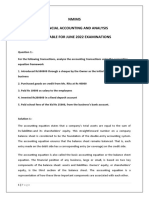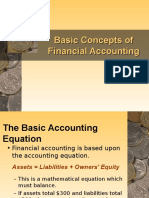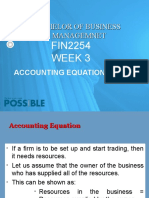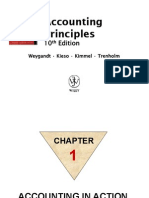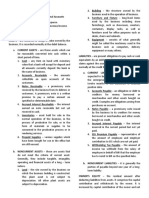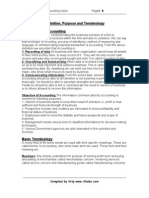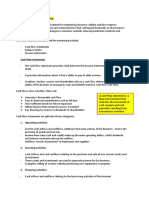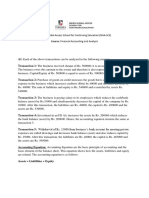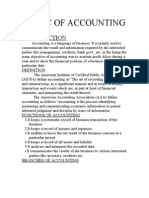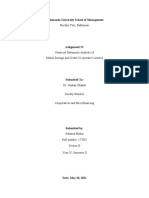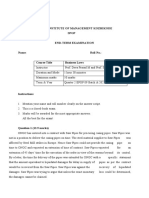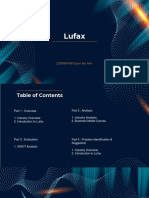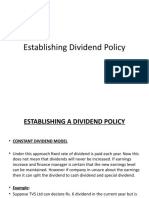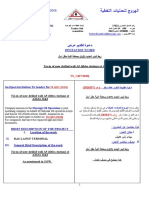0% found this document useful (0 votes)
52 views10 pagesFinancial Accounting & Analysis
1. The document discusses key accounting concepts like revenue, operating revenue, non-operating revenue, and operating income. It defines revenue as the total earnings generated by a business from its operations before accounting for any costs.
2. Operating revenue specifically refers to earnings generated from a company's main business activities. For a retailer, this would be sales revenue, and for a doctor it would be fees earned from providing medical services.
3. The document provides an example of a gifting business calculating its operating revenue of Rs. 5,05,000 from the sale of gift hampers, since its main business activity is gifting. Any other income earned is considered non-operating revenue.
Uploaded by
Lucky SinghCopyright
© © All Rights Reserved
We take content rights seriously. If you suspect this is your content, claim it here.
Available Formats
Download as DOCX, PDF, TXT or read online on Scribd
0% found this document useful (0 votes)
52 views10 pagesFinancial Accounting & Analysis
1. The document discusses key accounting concepts like revenue, operating revenue, non-operating revenue, and operating income. It defines revenue as the total earnings generated by a business from its operations before accounting for any costs.
2. Operating revenue specifically refers to earnings generated from a company's main business activities. For a retailer, this would be sales revenue, and for a doctor it would be fees earned from providing medical services.
3. The document provides an example of a gifting business calculating its operating revenue of Rs. 5,05,000 from the sale of gift hampers, since its main business activity is gifting. Any other income earned is considered non-operating revenue.
Uploaded by
Lucky SinghCopyright
© © All Rights Reserved
We take content rights seriously. If you suspect this is your content, claim it here.
Available Formats
Download as DOCX, PDF, TXT or read online on Scribd
/ 10


